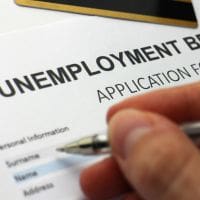The Problem
Unemployment Insurance (UI) recipiency rates are quite low on average. Further, in times of economic distress, the automatic extension component of UI (Extended Benefits) has played little role in providing timely, countercyclical stimulus. These problems prevent UI from being a more-effective automatic stabilizer during an economic downturn.
The Proposal
A proposal by Gabriel Chodorow-Reich of Harvard University and John Coglianese of the Federal Reserve Board aims to strengthen the automatic stabilization functions of the unemployment insurance system. Specifically, the authors offer policy reforms that would make UI a better automatic stabilizer while preserving and improving its social insurance role, including increasing UI participation and payments during downturns, as well as strengthening extended benefits.
- Expand eligibility for unemployment insurance and encourage take-up of its regular benefits.
- Make extended benefits fully federally financed.
- Remove the “look-back provisions” from state eligibility in the Extended Benefits program.
- Create two new permanent triggers for the Extended Benefits program, extending eligibility for unemployment insurance to 60 weeks when a state’s unemployment rate crosses 9 percent and to 73 weeks when a state’s unemployment rate crosses 10 percent.
- When the Extended Benefits program is activated in a state, all UI recipients should receive an additional $50 in the weekly benefit amount.



